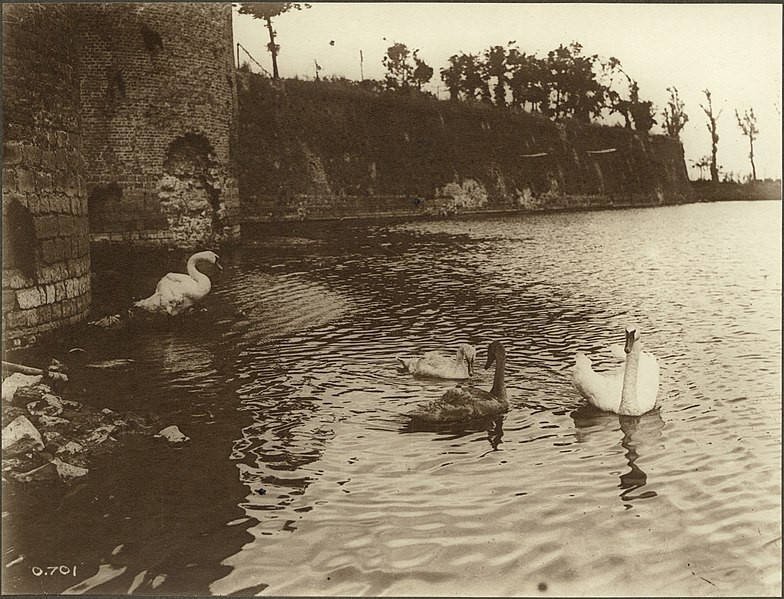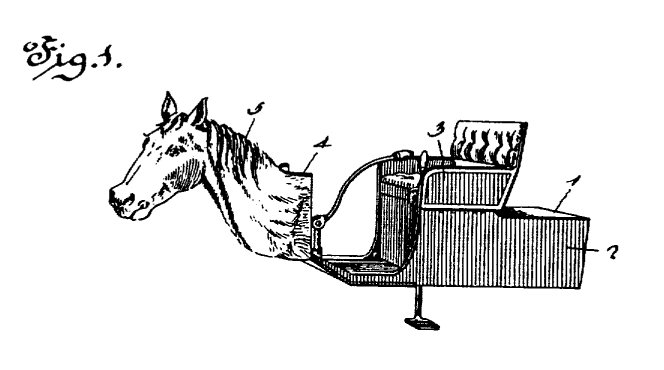In 1969, linguist Manuel Halvelik created an “archaic” version of Esperanto, so that Ivanhoe (for example) could seem suitably “old” in translation. Here’s the Lord’s Prayer in standard Esperanto:
Patro nia, kiu estas en Ĉielo,
Estu sanktigita Cia Nomo.
Venu Cia regno,
Plenumiĝu Cia volo
Kiel en Ĉielo, tiel ankaŭ sur Tero.
Al ni donu hodiaŭ panon nian ĉiutagan,
Kaj al ni pardonu niajn pekojn
Kiel ankaŭ ni tiujn, kiuj kontraŭ ni pekas, pardonas.
Kaj nin ne konduku en tenton
Sed nin liberigu el malbono.
Amen.
And here it is in “Old Esperanto”:
Patrom nosam, cuyu estas in Chielom,
Estu sanctiguitam Tuam Nomom.
Wenu Tuam Regnom,
Plenumizzu Tuam Wolom,
Cuyel in Chielom, ityel anquez sobrez Terom.
Nosid donu hodiez Panon nosan cheyutagan,
Ed nosid pardonu nosayn Pecoyn,
Cuyel anquez nos ityuyd cuyuy contrez nos pecait pardonaims.
Ed nosin ned conducu in Tentod,
Sed nosin liberigu ex Malbonom.
Amen.
Halvelik also devised slang and patois versions of the language — both are understandable by every reader, but they register as different styles. In translations of The Lord of the Rings, elves speak archaic language and hobbits speak patois.





